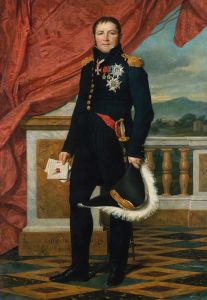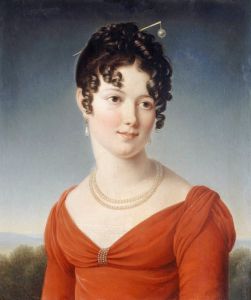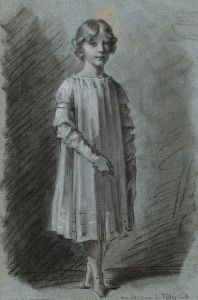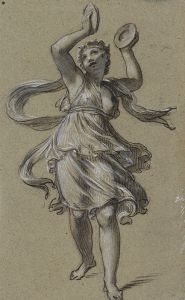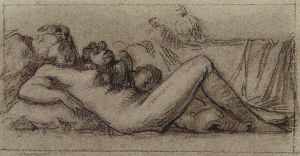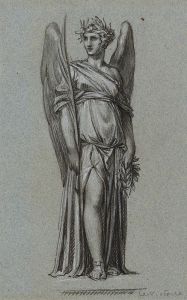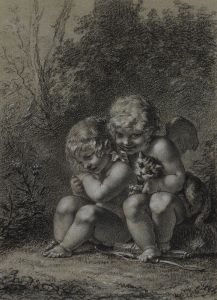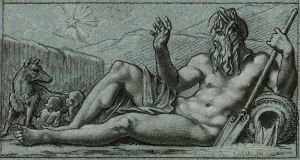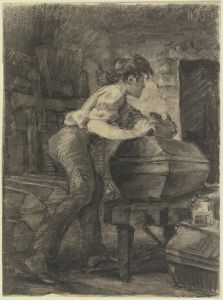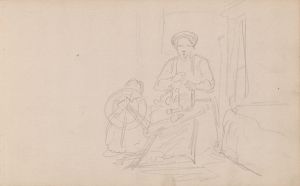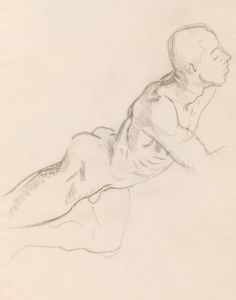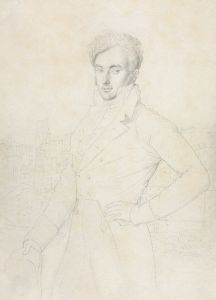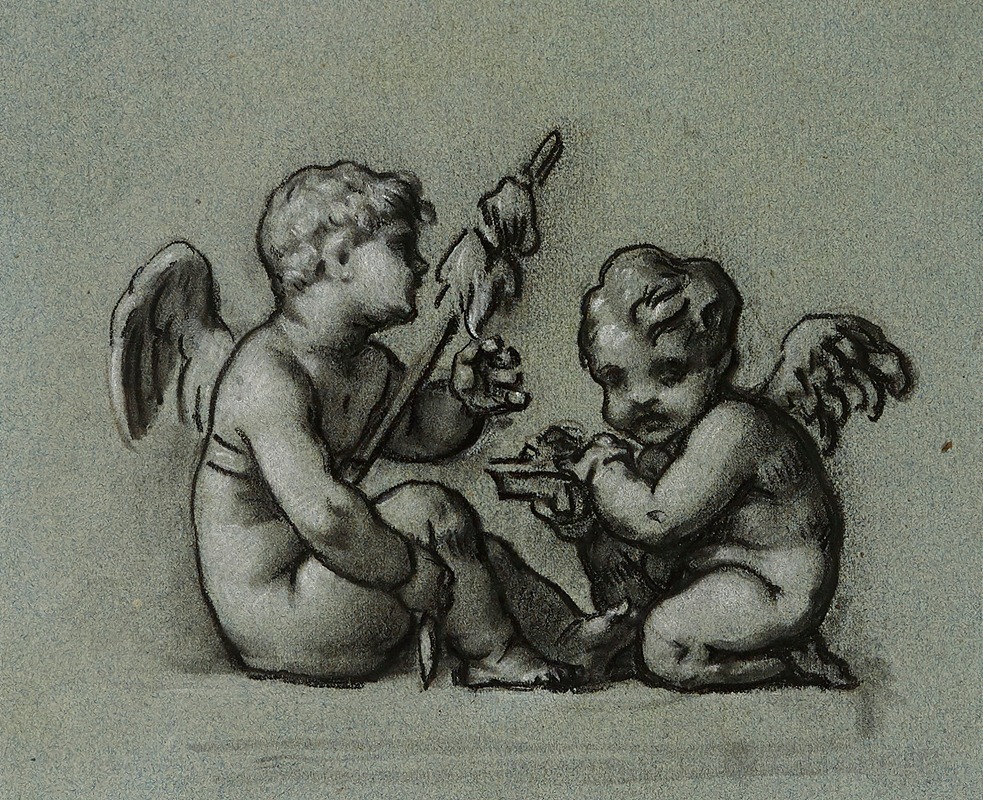
Les Fileurs
A hand-painted replica of Pierre-Paul Prud'hon’s masterpiece Les Fileurs, meticulously crafted by professional artists to capture the true essence of the original. Each piece is created with museum-quality canvas and rare mineral pigments, carefully painted by experienced artists with delicate brushstrokes and rich, layered colors to perfectly recreate the texture of the original artwork. Unlike machine-printed reproductions, this hand-painted version brings the painting to life, infused with the artist’s emotions and skill in every stroke. Whether for personal collection or home decoration, it instantly elevates the artistic atmosphere of any space.
Les Fileurs, also known as The Spinners, is a painting by the French artist Pierre-Paul Prud'hon. Prud'hon, born on April 4, 1758, in Cluny, France, was a prominent painter and draughtsman known for his allegorical and mythological subjects, as well as his portraits. He was active during the late 18th and early 19th centuries, a period that saw significant political and cultural changes in France.
Prud'hon studied in Dijon and later in Paris, where he was influenced by the works of the Old Masters. He also spent time in Italy, where he absorbed the classical traditions that would later inform his work. Prud'hon's style is often characterized by its delicate use of light and shadow, as well as its graceful and harmonious compositions.
Les Fileurs depicts a serene domestic scene of women engaged in the traditional activity of spinning. The painting is notable for its soft, diffused lighting and the gentle, almost ethereal quality of the figures. Prud'hon's use of chiaroscuro, the contrast between light and dark, adds depth and dimension to the composition, highlighting the textures of the women's clothing and the spinning wheels.
The painting reflects Prud'hon's interest in everyday life and his ability to capture the quiet dignity of his subjects. Unlike many of his contemporaries who focused on grand historical or mythological themes, Prud'hon often chose more intimate and personal subjects, which allowed him to explore the subtleties of human emotion and interaction.
Prud'hon's work, including Les Fileurs, was well-received during his lifetime, and he enjoyed the patronage of several important figures, including Napoleon Bonaparte and Empress Josephine. His ability to blend classical ideals with a more naturalistic approach made his work appealing to a wide audience.
Les Fileurs is an excellent example of Prud'hon's skill as a draughtsman and his sensitivity to the human form. The painting's composition is carefully balanced, with the figures arranged in a way that guides the viewer's eye through the scene. The attention to detail in the women's faces and hands, as well as the intricate rendering of the spinning wheels, demonstrates Prud'hon's meticulous approach to his craft.
Today, Pierre-Paul Prud'hon is remembered as one of the leading artists of his time, and his works are held in high regard for their technical proficiency and emotional depth. Les Fileurs remains a testament to his ability to capture the beauty and simplicity of everyday life, and it continues to be admired by art enthusiasts and scholars alike.
While specific details about the provenance and current location of Les Fileurs may not be readily available, the painting is representative of Prud'hon's broader body of work and his contributions to the art world during a transformative period in French history.





